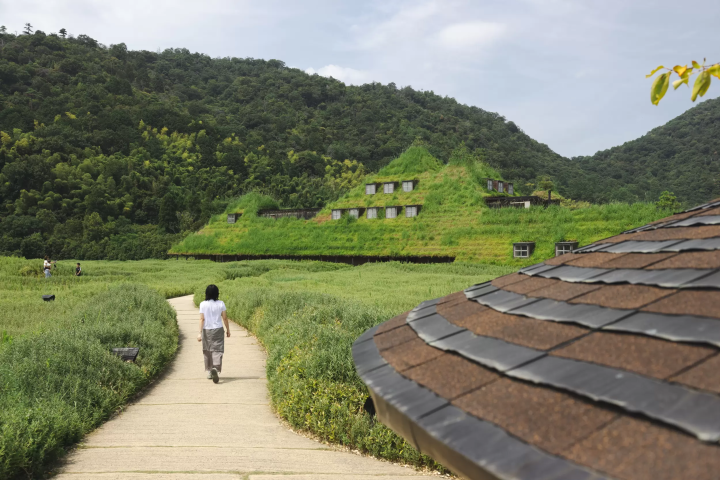A Culinary Journey: Exploring Lake Biwa's Fermentation Culture
-
Table of Contents
- A Journey to the Heart of Fermentation: Lake Biwa
- Korian: Savor a Fresh Take on Funazushi, a Fermented Variety of Sushi
- Umi no Schole: A Fermentation Hub Featuring a New World of Flavors
- A Side Trip to Hikone for History and Scenic Views
- La Collina Omihachiman: Relish Sweet Treats and Nature
- Enjoy Shiga’s Fermented Food Culture and Splendid Scenery
A Journey to the Heart of Fermentation: Lake Biwa
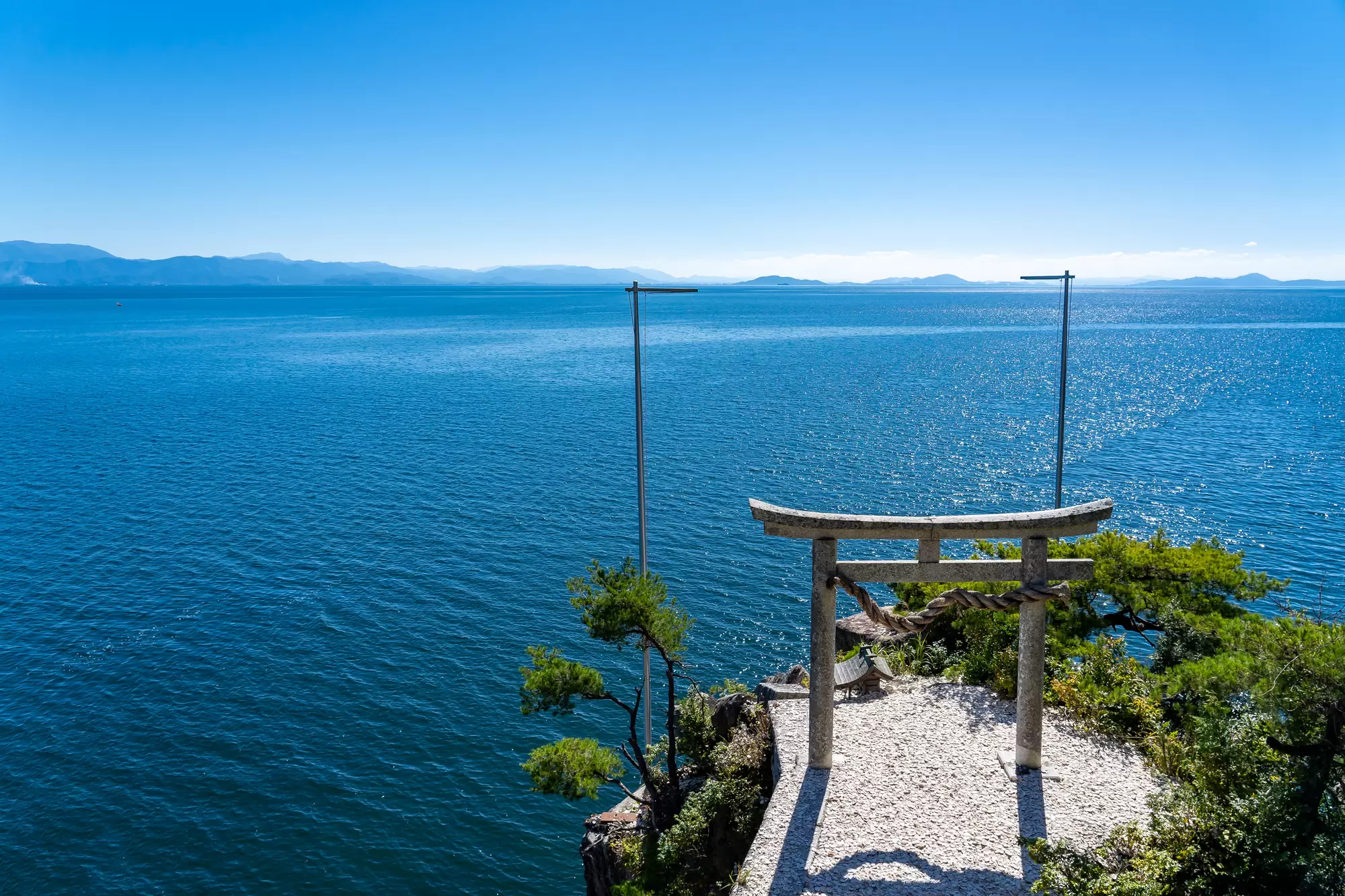
View of Lake Biwa from Chikubushima Island, Nagahama City. Photo by Pixta
Our exploration of Japan's HAKKO fermented food culture led us to the shores of Lake Biwa. The lake is easily accessible from Nagoya via Shinkansen and local trains.
As Japan's largest and one of the world's oldest lakes, Lake Biwa is a crucial source of water and food for the surrounding communities. The local climate is also perfect for fermentation, making the region a hub for this ancient practice.
The area is most famous for narezushi, a traditional dish that ferments fish from the lake with rice for several months. Born out of the need to preserve food before refrigeration, this unique dish is considered the origin of modern sushi.
Water from Lake Biwa is crucial for producing some of Japan's most essential fermented foods, including sake, soy sauce (shoyu), and miso paste. The region is also famous for its fermented cheeses and pickles. Over time, the variety of local fermented foods grew and diversified.
This two-day food-themed itinerary focuses on the cities along Lake Biwa's eastern shore. It features a curated selection of restaurants and facilities where you can taste exceptional cuisine made with fermented ingredients, offering unique insights into Japan's rich food culture.
Korian: Savor a Fresh Take on Funazushi, a Fermented Variety of Sushi
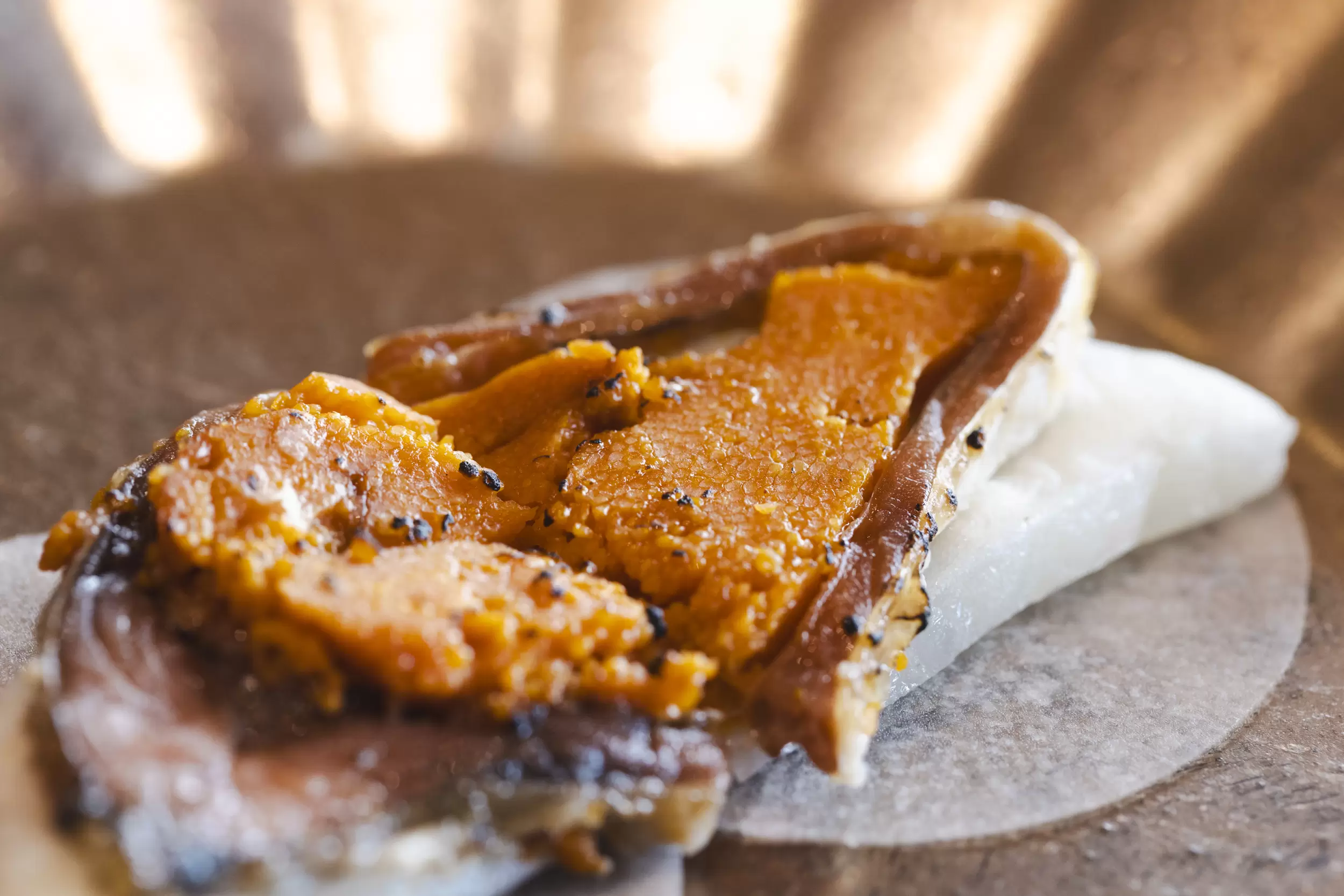
Our first recommendation for your culinary journey around Lake Biwa is Korian, a restaurant in the former port town of Kaizu, Takashima.
Korian specializes in refined kaiseki cuisine that reimagines funazushi for the modern palate. Funazushi, a type of narezushi, is a traditional fermented sushi made with Lake Biwa's crucian carp. The fish is salted and fermented with boiled rice for two years before it's served, resulting in a unique and complex flavor.
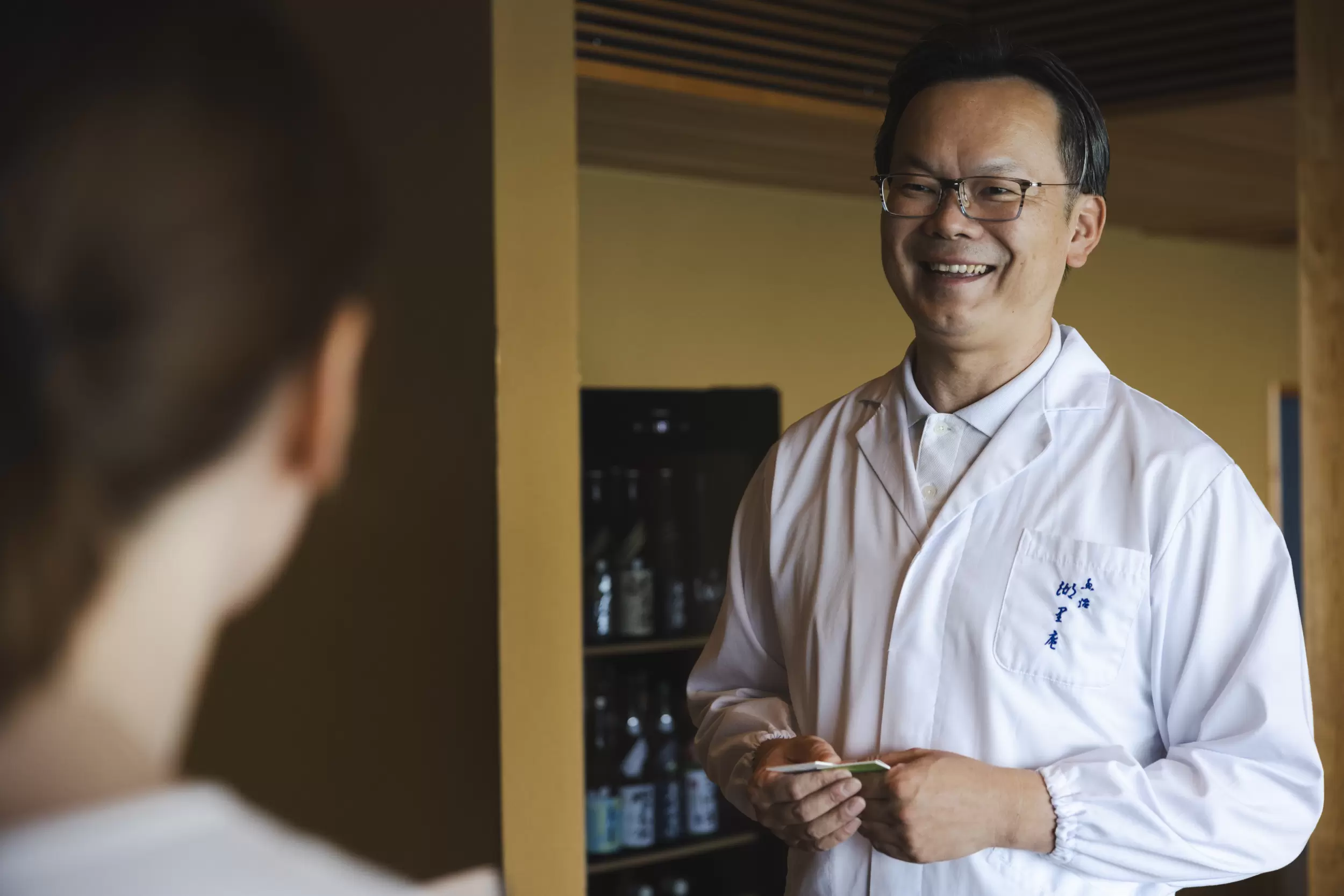
At Korian, owner and head chef Sazaki Kensuke skillfully carries on a family legacy. His family has run the Uoji funazushi specialty shop in the Kaizu district for generations, and now, he proudly promotes this tradition through his sophisticated cuisine.
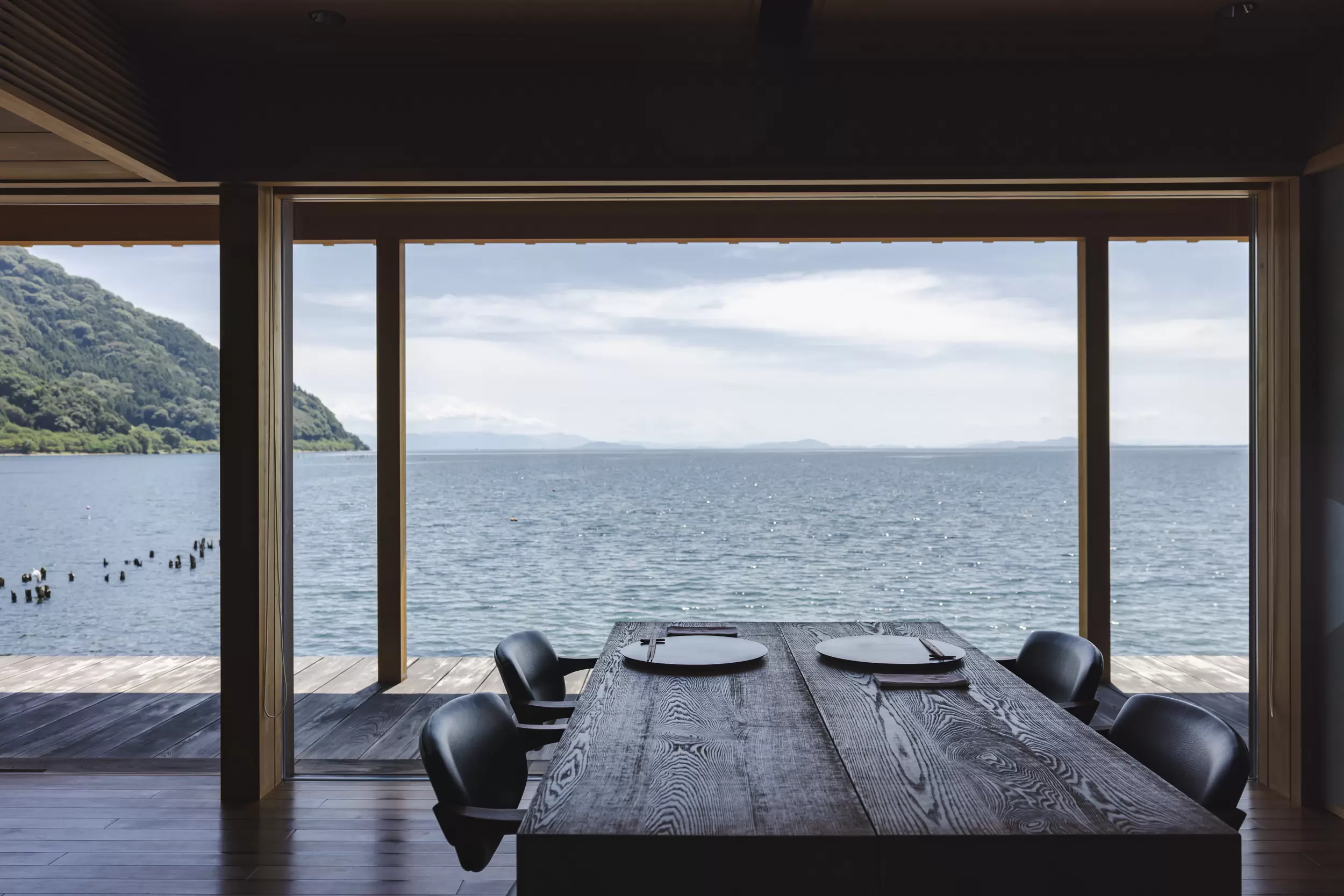
Stepping into Korian, the first thing you'll notice is the stunning interior with high windows that offer an unobstructed view of Lake Biwa. The dining area is separated from the water only by a short veranda (engawa), making you feel as though you're dining right above the lake. This remarkable space was designed by the chef's younger brother.
The large windows allow guests to watch the lake's scenery change with each passing hour and season. Outside, wooden pillars remain from the old port, serving as resting spots for herons, seagulls, and wild ducks. This serene view is an essential part of the Korian experience, filling guests with a sense of wonder and reconnecting them with nature.
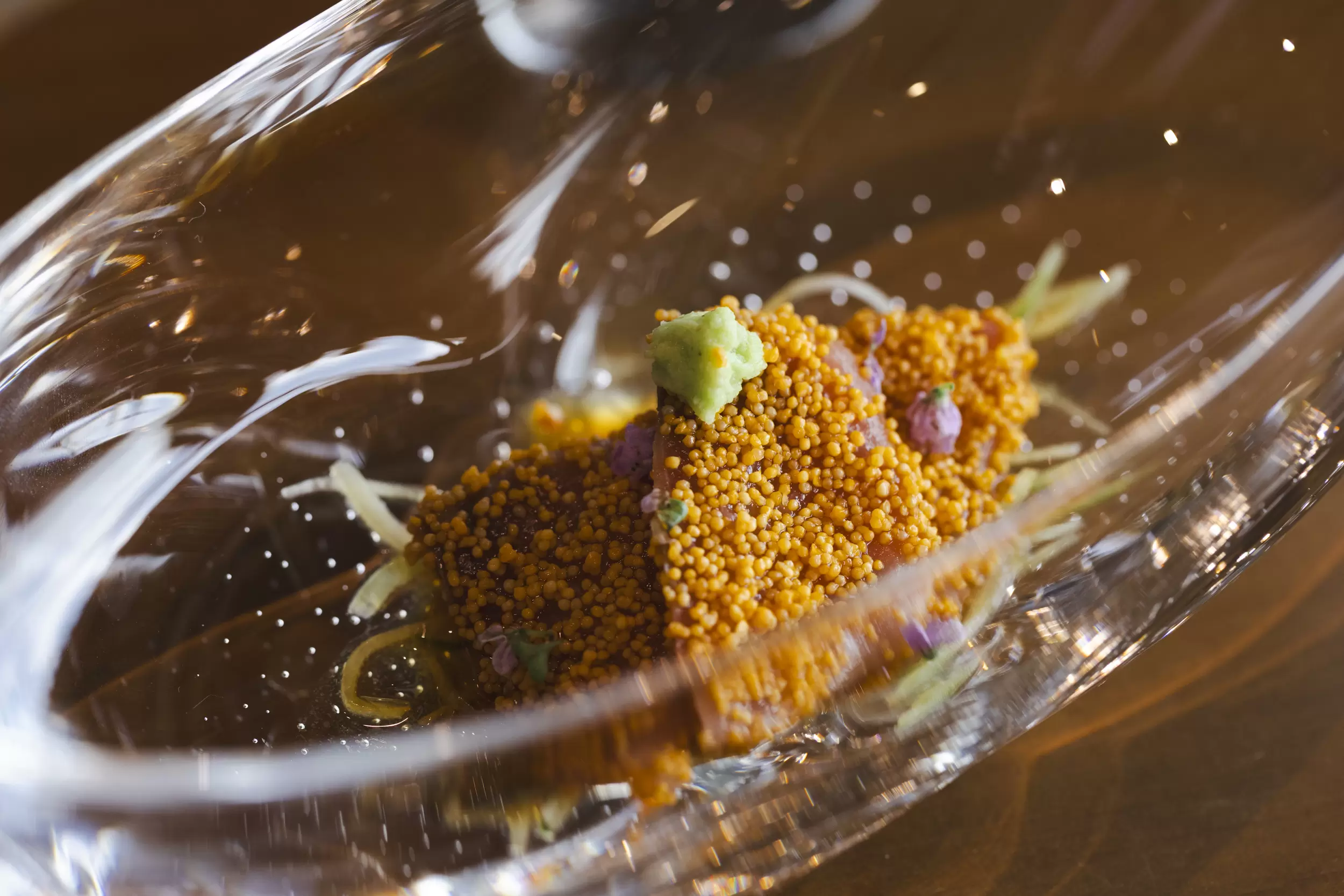
Each dish in the course is served one by one, with the chef taking a moment to explain its background and highlight an aspect of Lake Biwa's rich food culture. You'll discover fascinating details, like how the funa (crucian carp) lays its eggs in the very water used to irrigate the rice paddies. This means that a dish of crucian carp and rice essentially comes from the same place—the rice paddy itself.
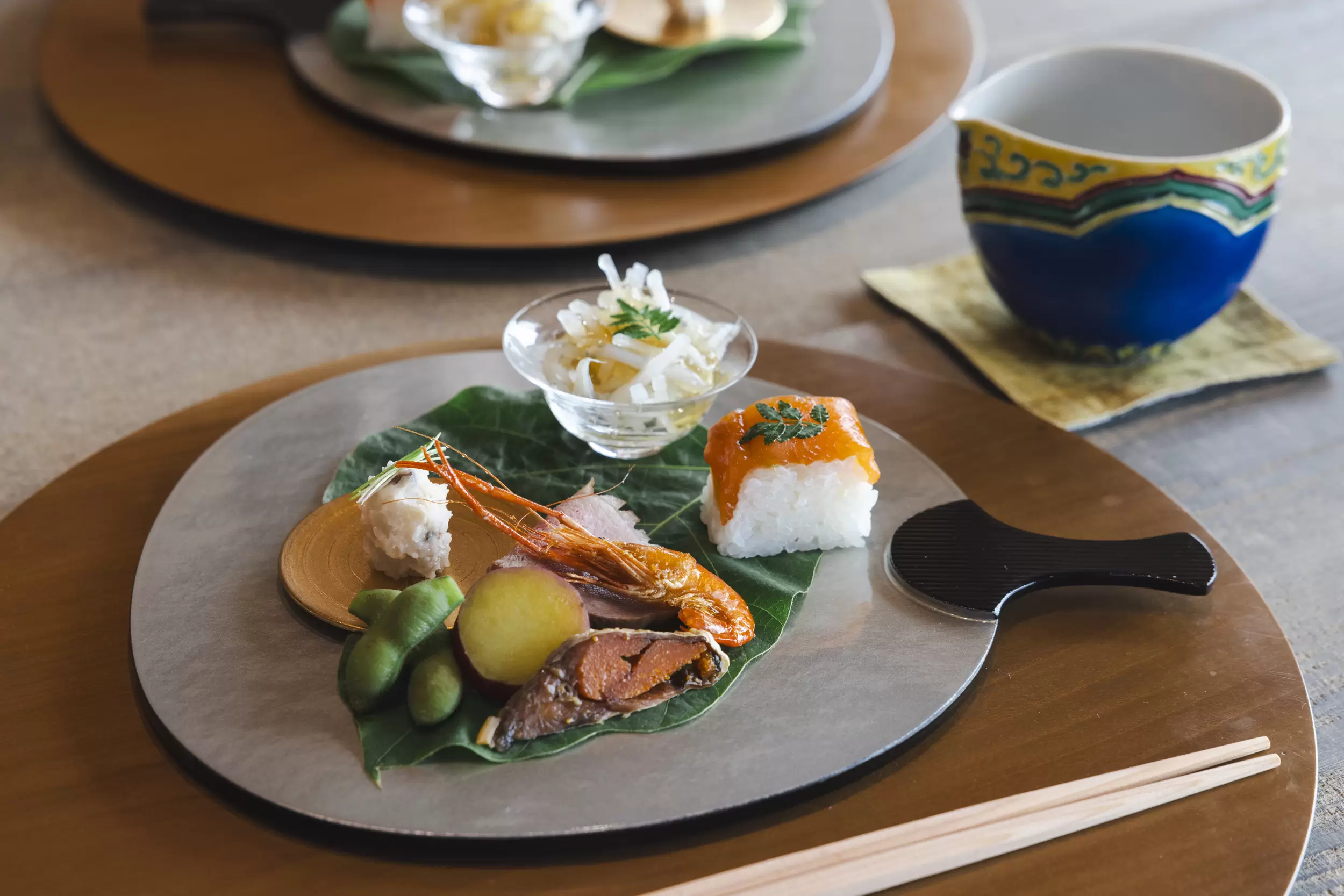
The menu allows you to experience the full range of funazushi. The appetizer features funa no kozuke, a small dish of crucian carp coated with roe. Afterward, you can taste a piece of full-fledged funazushi along kosode-zushi made with Biwa trout; on one plate, you can enjoy and compare a variety of dishes. You might be surprised by the sharp taste of funazushi, which is a direct result of the rice fermentation process and can remind you of sake or sake lees.
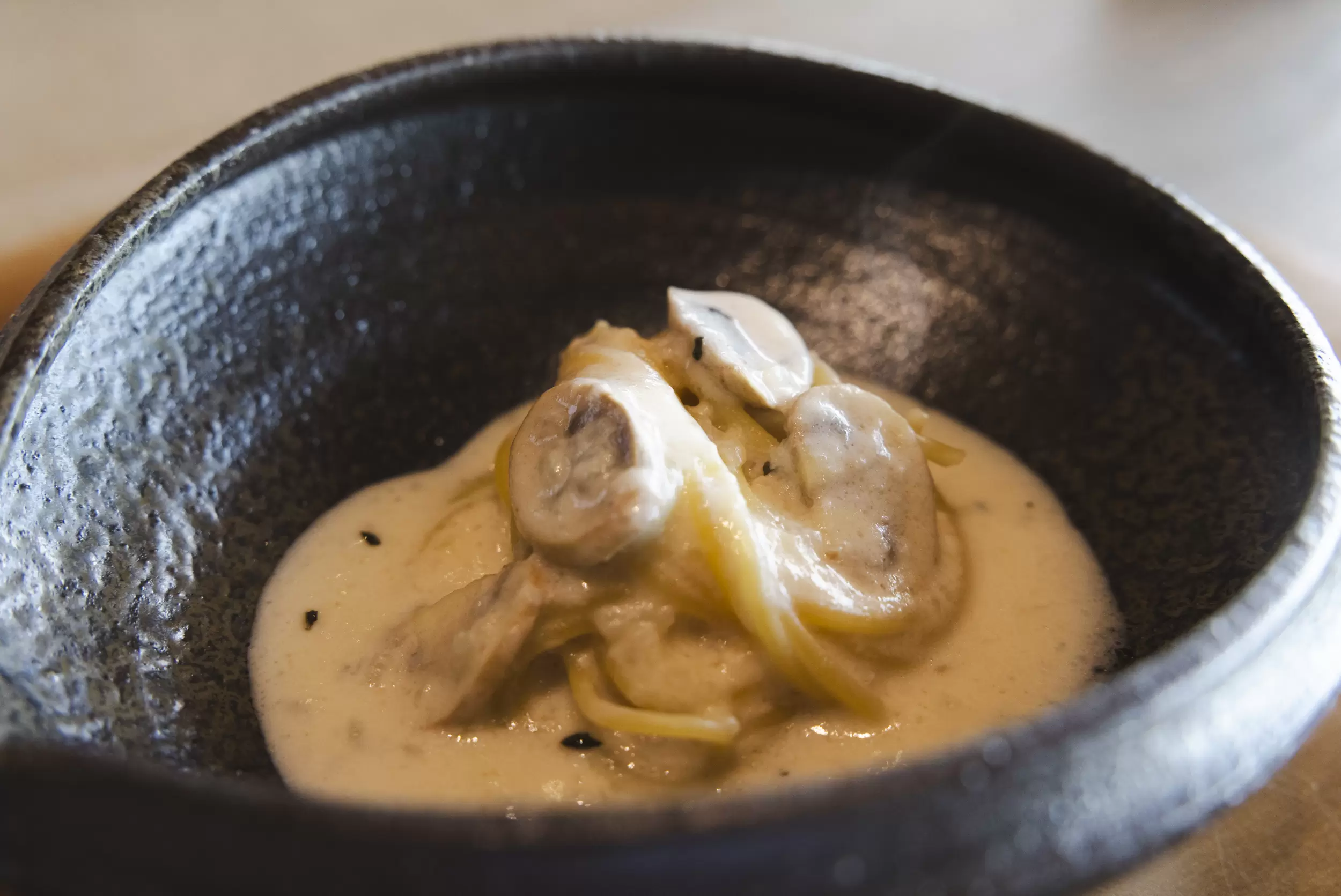
Other dishes in the course demonstrate the chef's creativity and skill by featuring funazushi in surprising ways. You'll encounter dishes that challenge your expectations, such as a pasta with a creamy sauce that looks like cheese but is actually made from funazushi. This mild and soothing flavor reveals a different, more gentle side of the fermented dish.
The final savory dish is a bowl of ochazuke, rice topped with dashi broth flavored with funazushi, offering one more testament to the ingredient's versatility and the wide range of flavors it can produce.
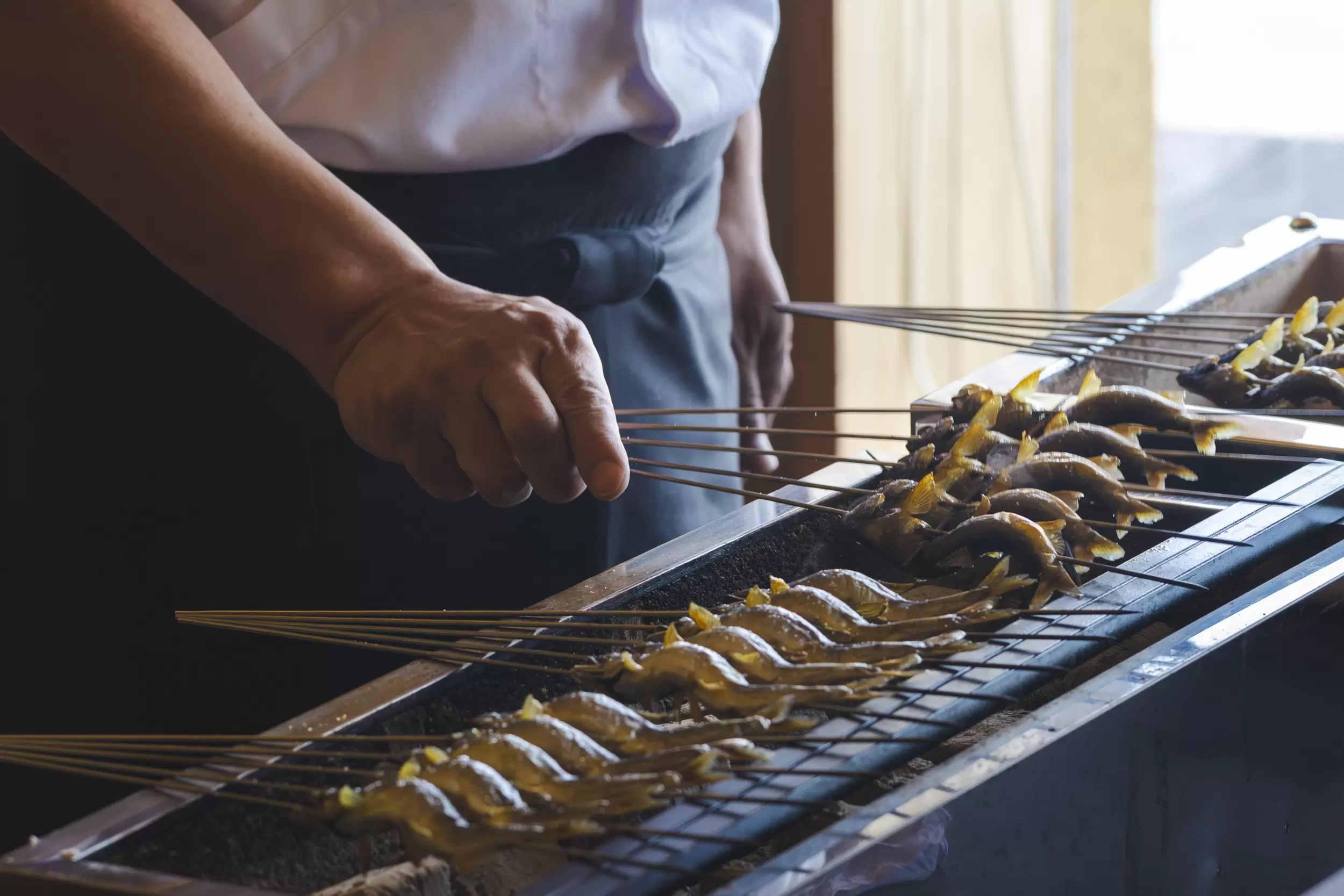
The kaiseki course at Korian also features other local fish, such as Biwa trout and sweetfish, and fermented ingredients like locally made soy sauce. Feel free to ask the Sazakis for sake recommendations to pair with your meal. A sip of the right sake can transform the flavors in your mouth, adding another layer to this exceptional culinary experience.
Please note that the restaurant is reservation-only. International visitors are encouraged to use a reservation service with an interpreter for a smoother experience.
[place_master_id=17190 show_photos embed id="79J5uUL5CS"]
Umi no Schole: A Fermentation Hub Featuring a New World of Flavors
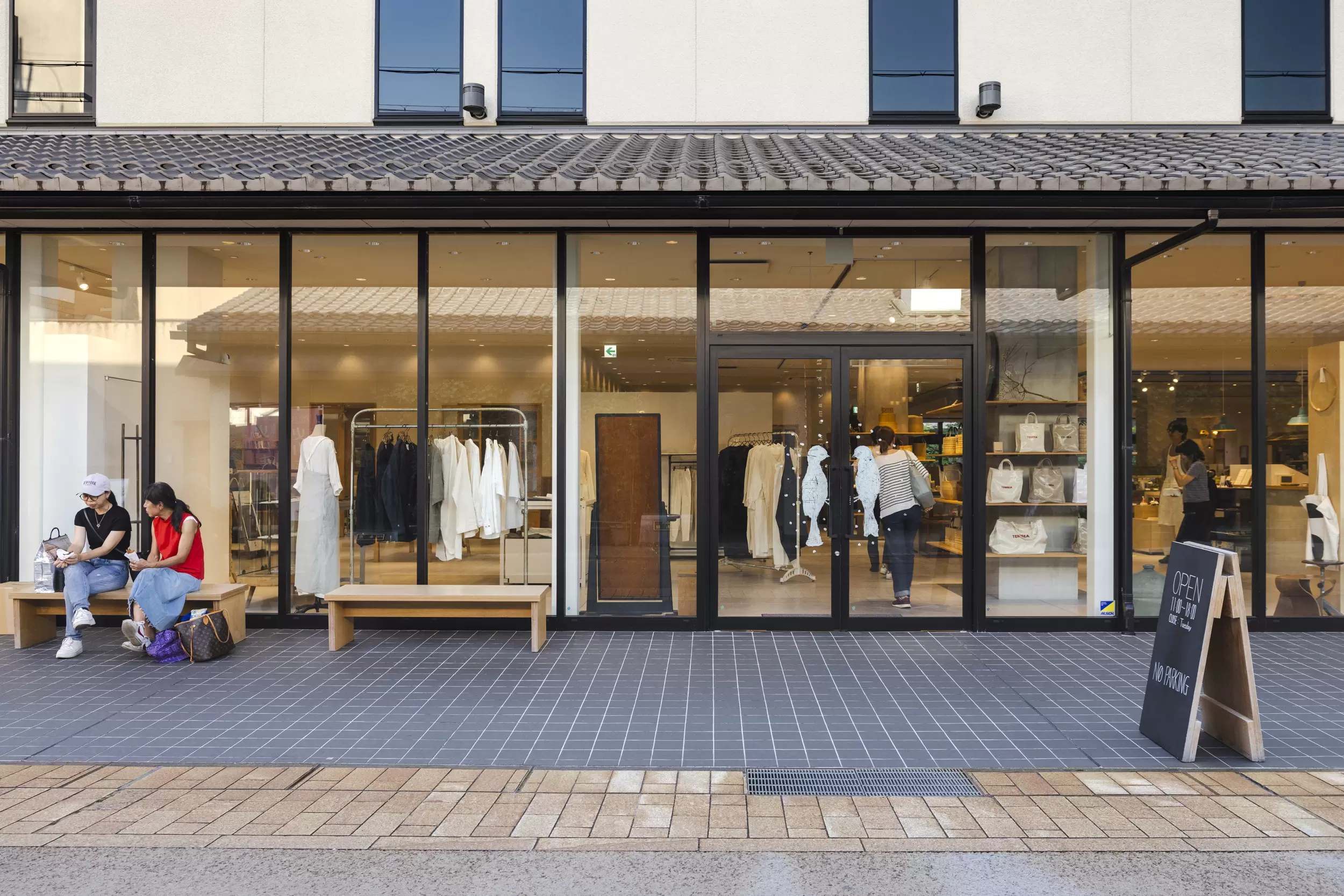
Located in the central Nagahama City shopping street since it opened in December 2021, Umi no Schole is a complex focused on the diverse fermented foods of the Lake Biwa area.
Designed to inspire visitors with the wisdom of local life, the facility features on-site production rooms that connect guests directly to the region's natural environment and its producers. By tasting and experiencing these goods, visitors can gain a deeper understanding of the people and processes behind them, fostering a desire for further learning.
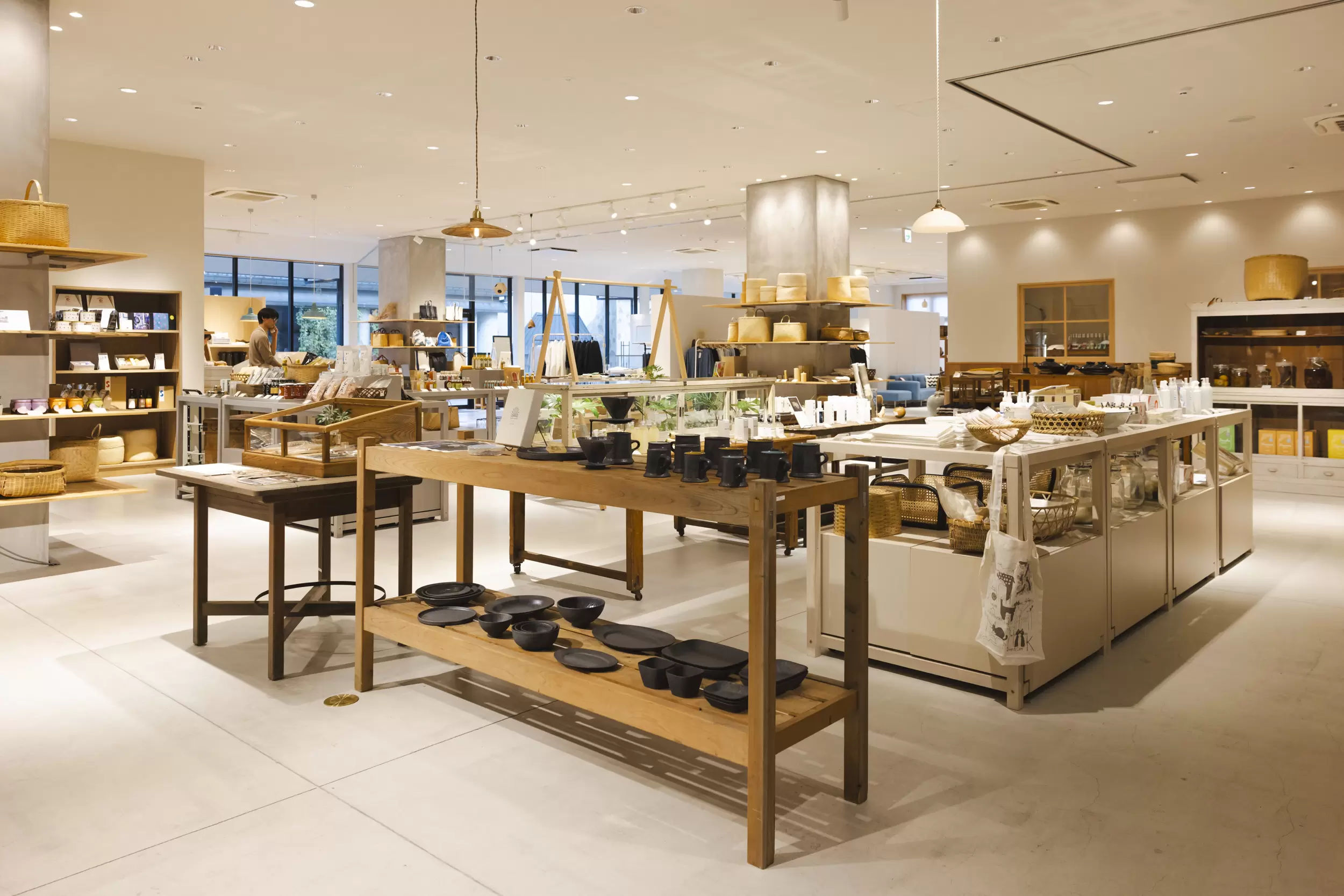
Umino-Schole is a multifaceted complex featuring a variety of spaces for visitors to explore. It includes a spacious store with a curated selection of furniture, fashion, homeware, and antiques; a 42-seat cafe serving a menu of local cuisine with on-site made cheese and miso; a cheese factory that uses fresh milk from Shiga's renowned Ibuki Milk Farm to create original products; and a workshop area where guests can get hands-on experience making miso and other fermented foods.
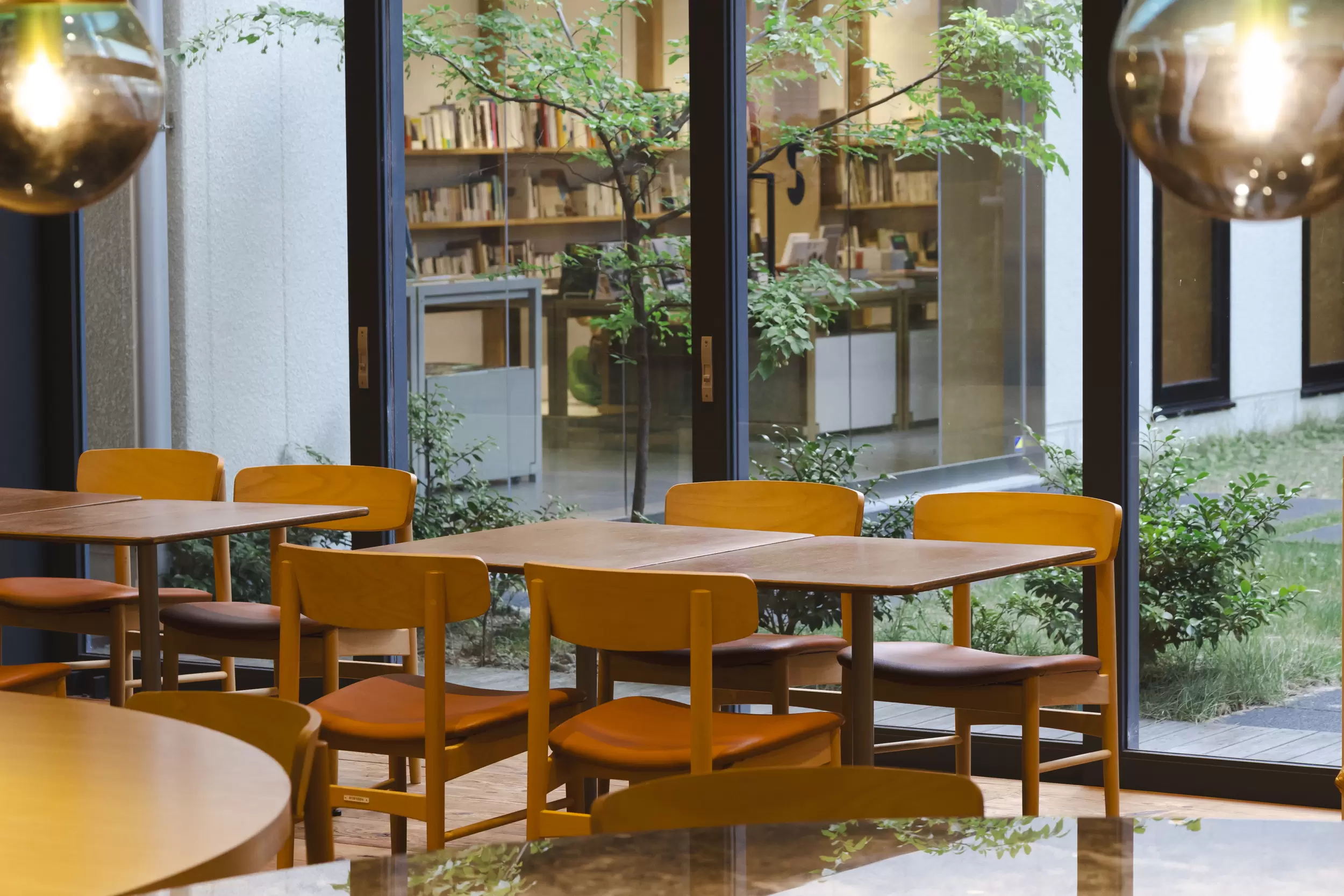
The complex also houses a gallery, a bookstore, and the Happy Taro Brewery, which crafts original doburoku (unfiltered sake), miso, and amazake from handmade koji.
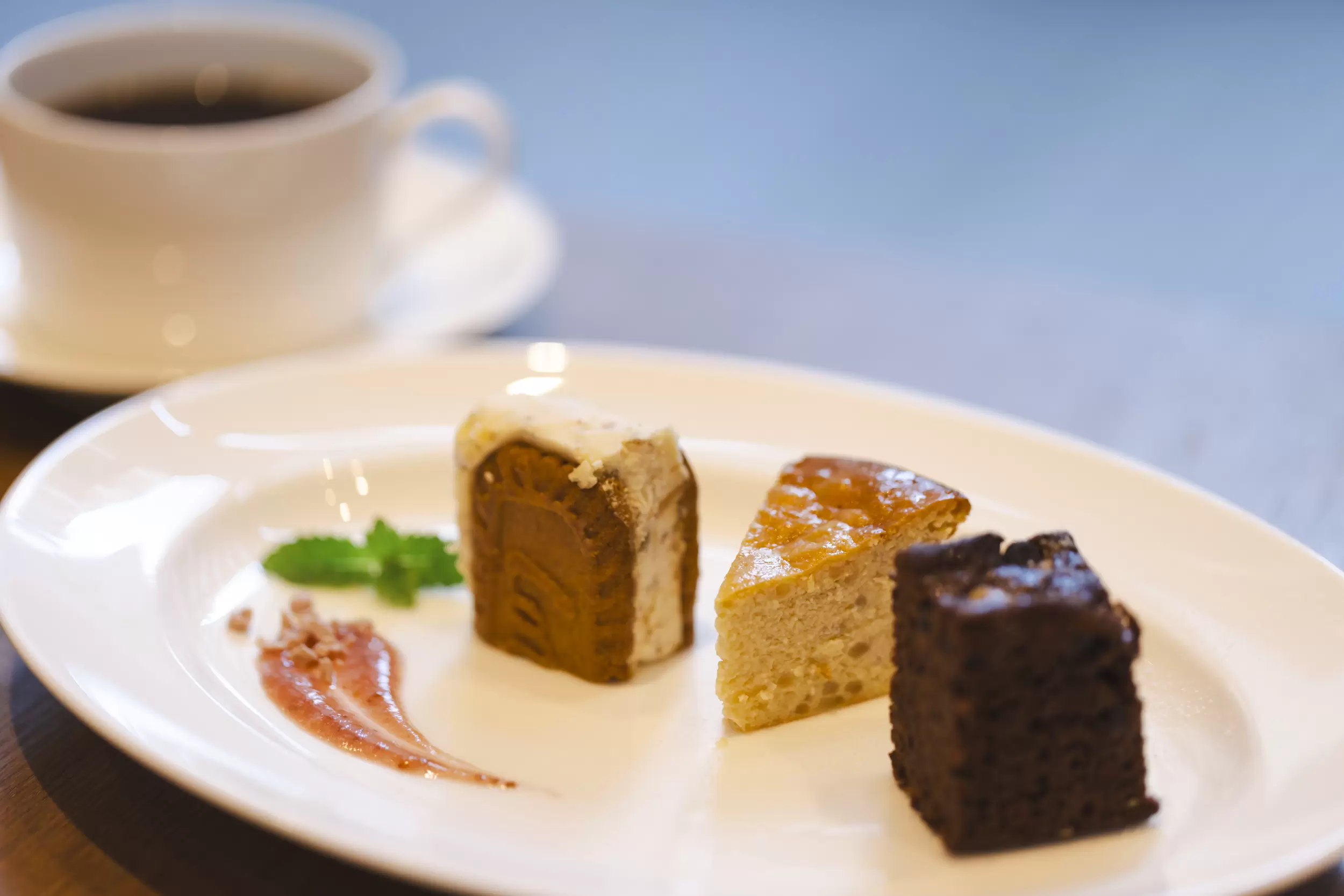
We recommend starting your visit at the cafe to enjoy a delicious meal or coffee break. The menu features dishes like curry rice, sandwiches, and desserts that highlight the best of local produce, as well as unique cheeses made on-site. Every bite is a testament to the staff's dedication to promoting Lake Biwa's remarkable fermentation culture.
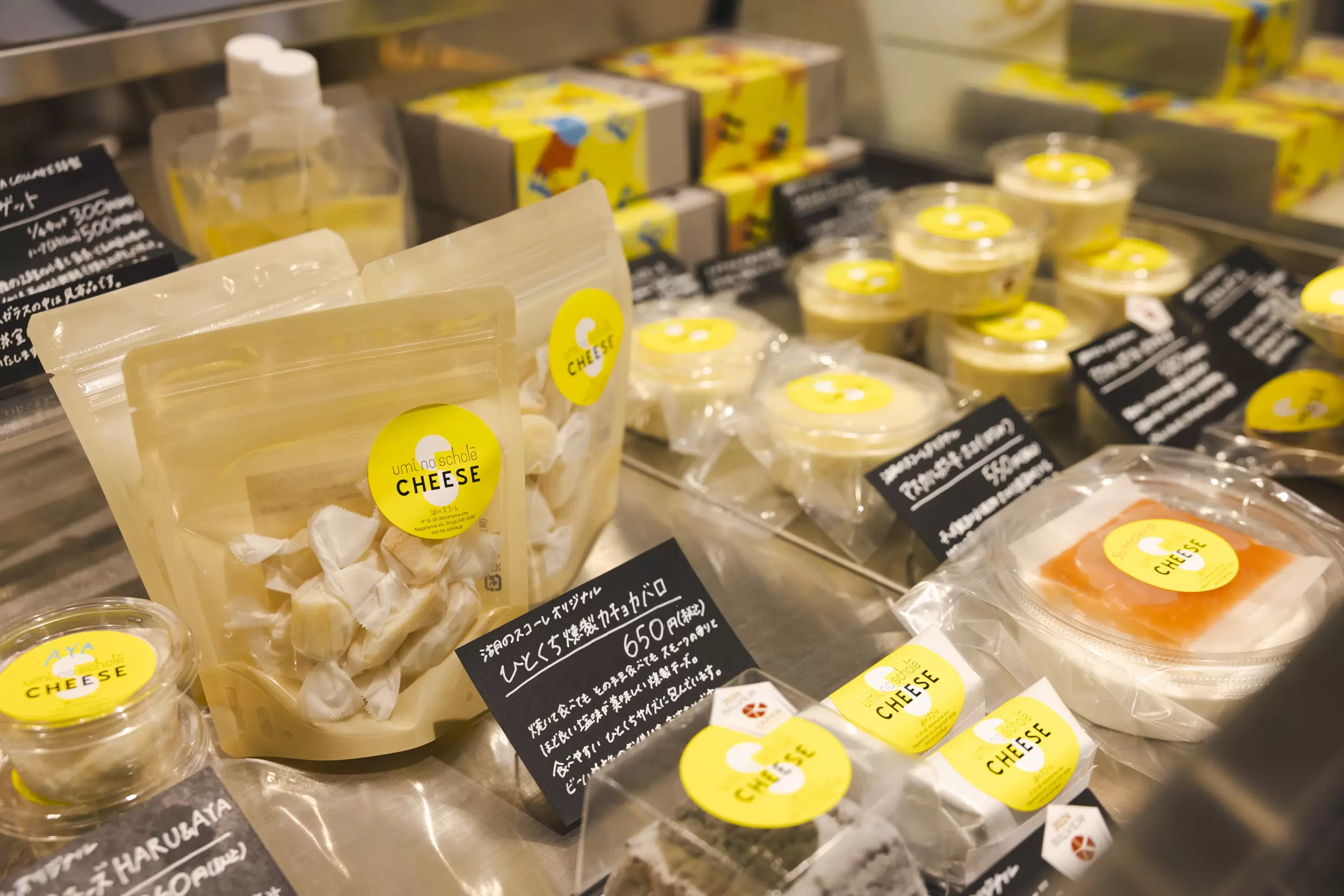
After your meal, take some time to browse the charming shop and gallery for a souvenir. We highly recommend the on-site cheeses, which are not only exceptionally good but also truly unique. You can try the Miso Fromage, which blends the flavors of miso and cheese, or the Takesumi Fromage, which is wrapped on the outside in bamboo charcoal and has a creamy, smooth texture inside.
[place_master_id=17191 show_photos embed id="IQ4ukOKjUC"]
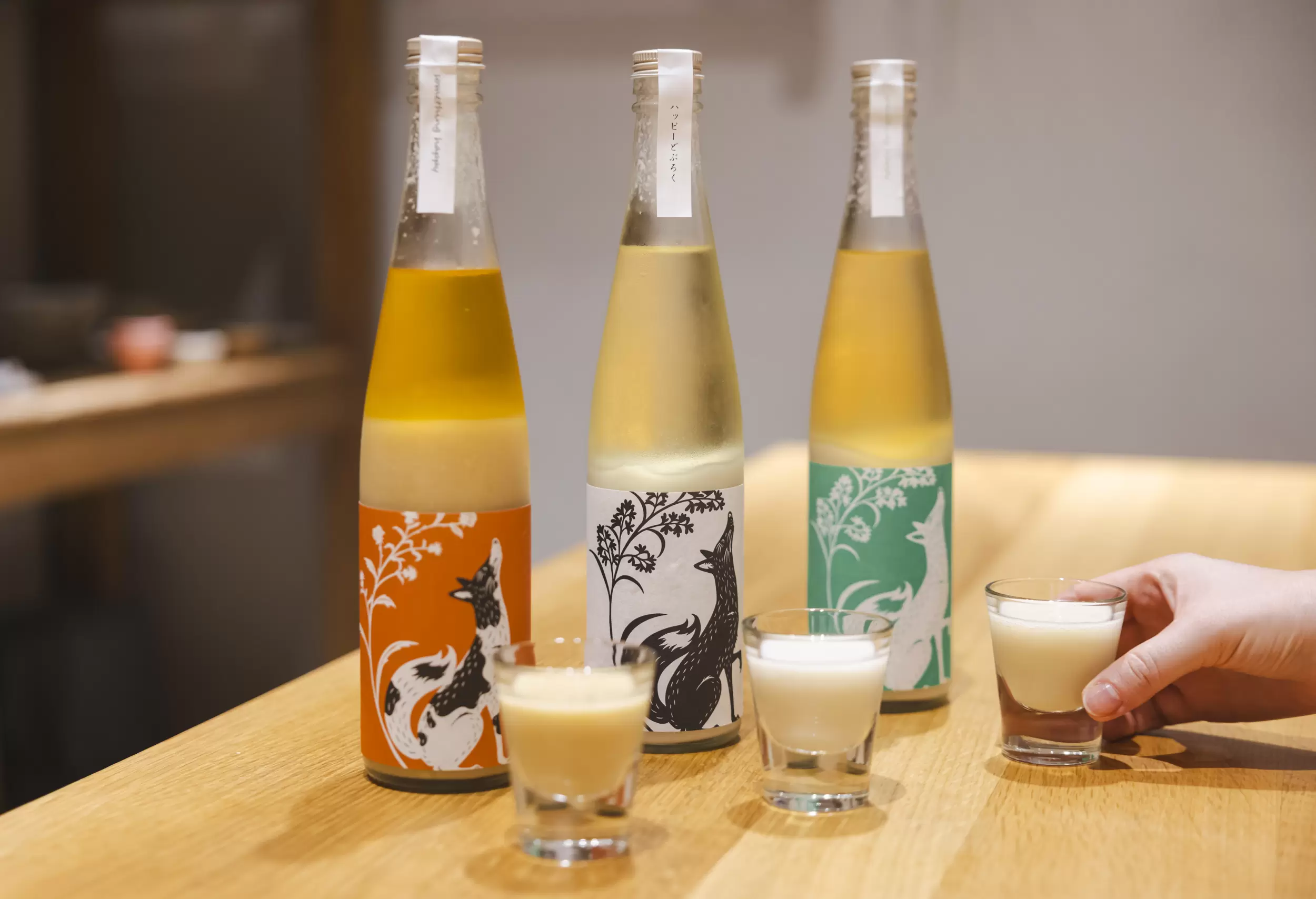
A bottle of doburoku (unfiltered sake) from the Happy Taro Brewery is another excellent choice. The brewery makes an incredible variety of original doburoku flavors using herbs, fruits, and spices. You'll find a range of options, from varieties with different alcohol contents to completely non-alcoholic amazake.
[place_master_id=17192 show_photos embed id="R4IP6r9108"]
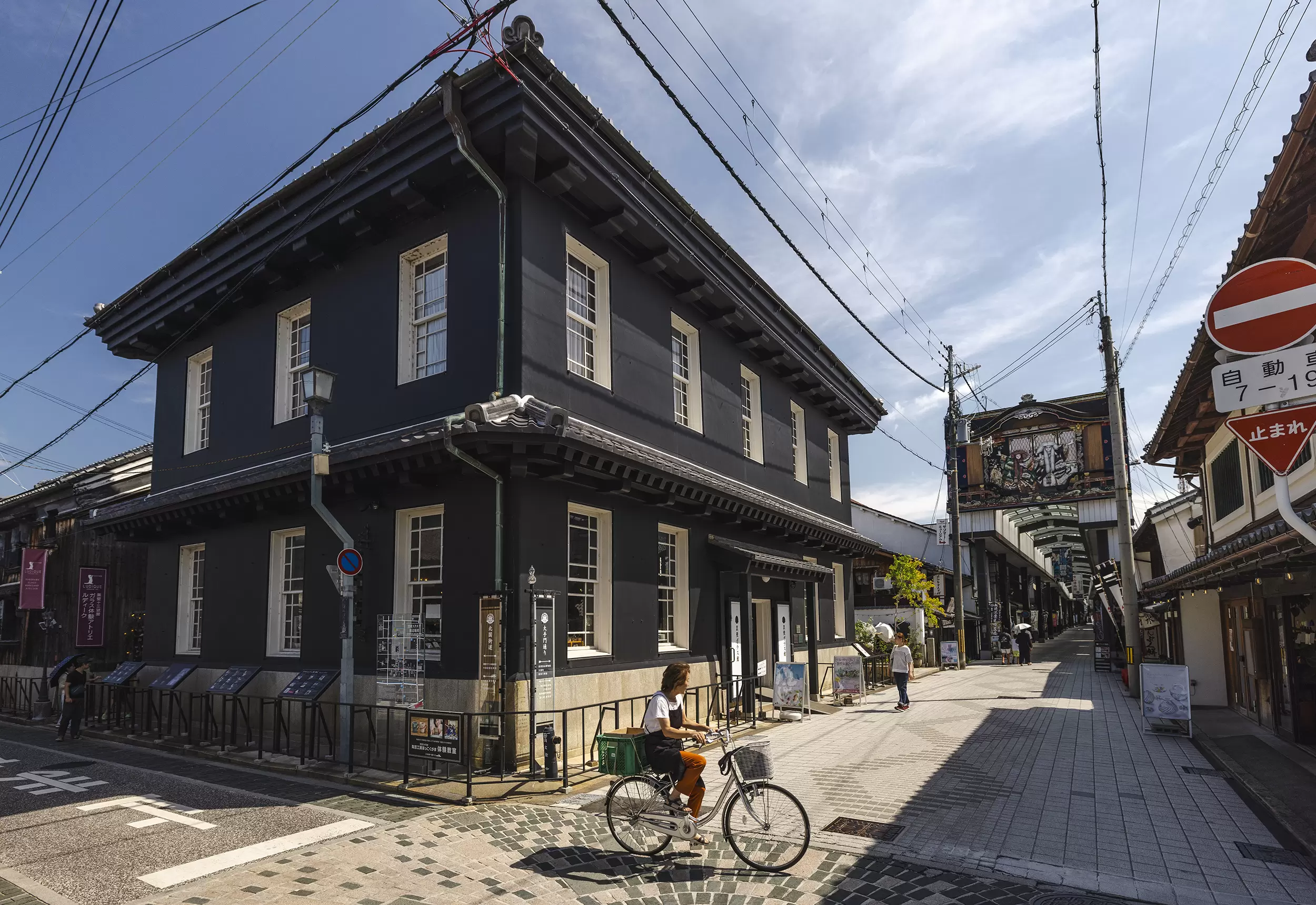
To truly immerse yourself in the local food and culture, we recommend staying overnight in Nagahama. The city offers several excellent hotels and traditional inns (ryokan) along the shore of Lake Biwa.
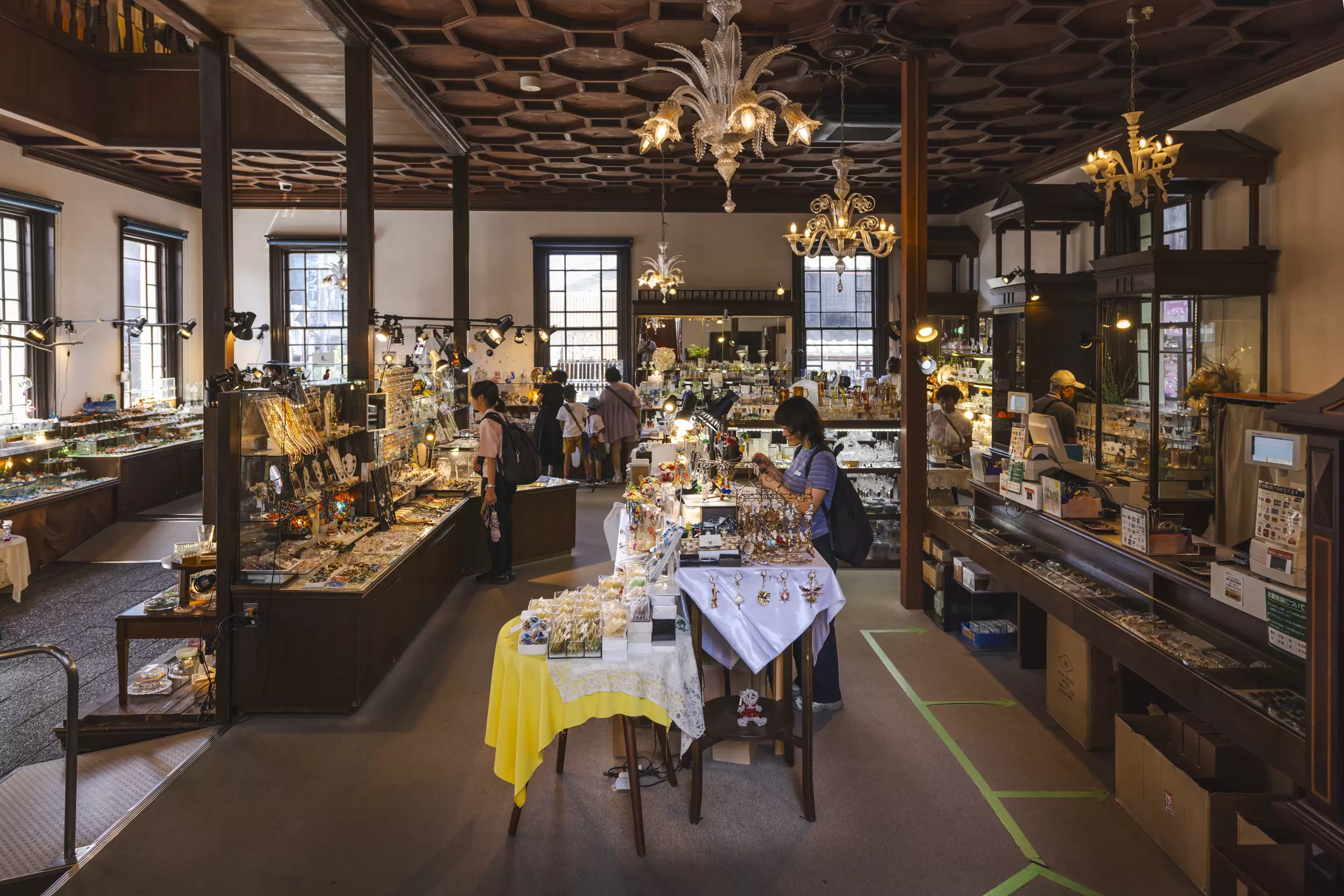
The central shopping street is a great place to explore local crafts and cuisine. Be sure to visit Kurokabe Square, home to the Kurokabe Glass Shop, a well-known spot housed in a former bank building that features glassware; you can admire and purchase a wide range of pieces, from beautiful works crafted by Japanese artisans to renowned glass art from around the world.
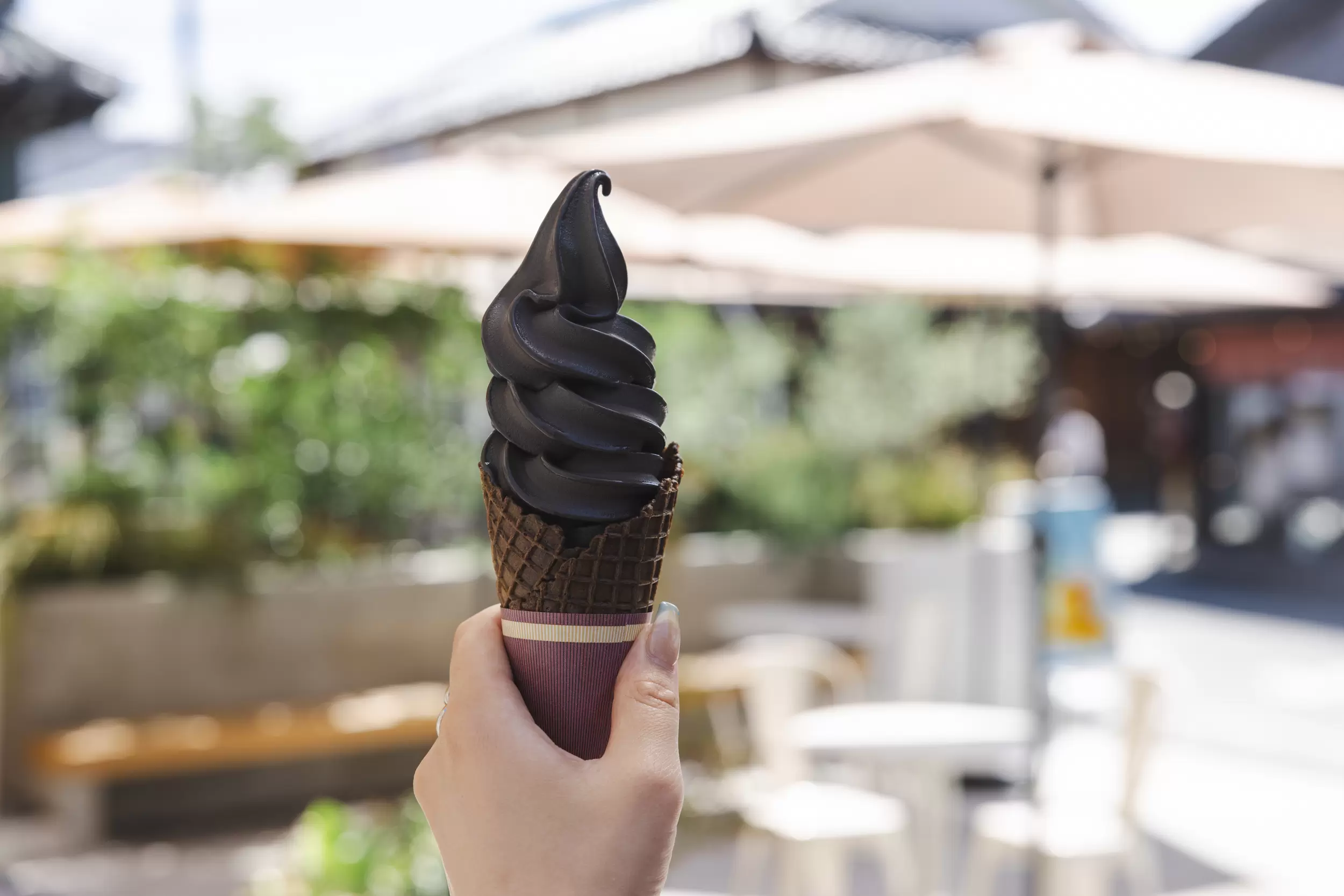
Across from the shop, a cafe serves a rich, chocolate-flavored soft-serve ice cream inspired by the "black walls" of the former bank. We also recommend a visit to the Nagahama Hikiyama Museum to see hikiyama floats and objects from the city's famous annual festival, held every April. There's so much to discover here that you'll definitely want to extend your stay.
[place_master_id=735 show_photos embed id="WM-z9z4-Sr"][place_master_id=17189 show_photos embed id="fclneEoClx"]
A Side Trip to Hikone for History and Scenic Views
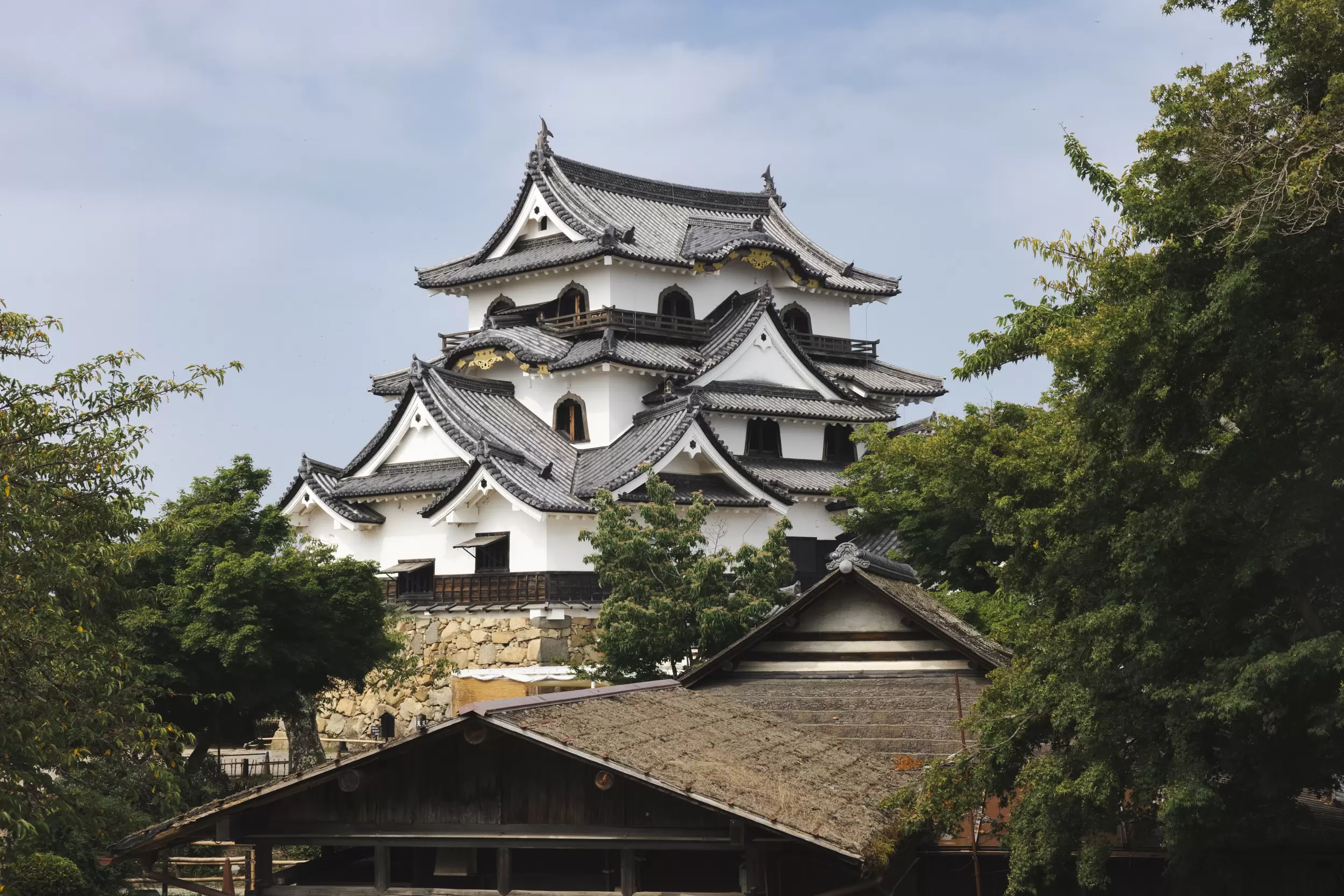
Midway between Nagahama and our next destination, Omihachiman, is the city of Hikone, known for its remarkably well-preserved castle. We recommend a stop here for a glimpse into the history of Edo-period Japan and the vital role Lake Biwa played during times of unrest.
Hikone Castle was the seat of the influential Ii clan during the Edo period (1603-1868). The Ii clan was a powerful vassal of Tokugawa Ieyasu at the Battle of Sekigahara (1600). This battle led to Tokugawa becoming shogun, ending decades of internal conflict and changing the course of Japanese history.
The castle's strategic design, with its defensive walls, moats, and hidden archers' openings, showcases a blend of medieval and later Edo-era features. It is believed that many parts of the structure were actually relocated from older castles, such as Otsu and Sawayama. For instance, after Otsu Castle fell, sections were transported across Lake Biwa to Hikone and reused to fortify and expand the new castle.
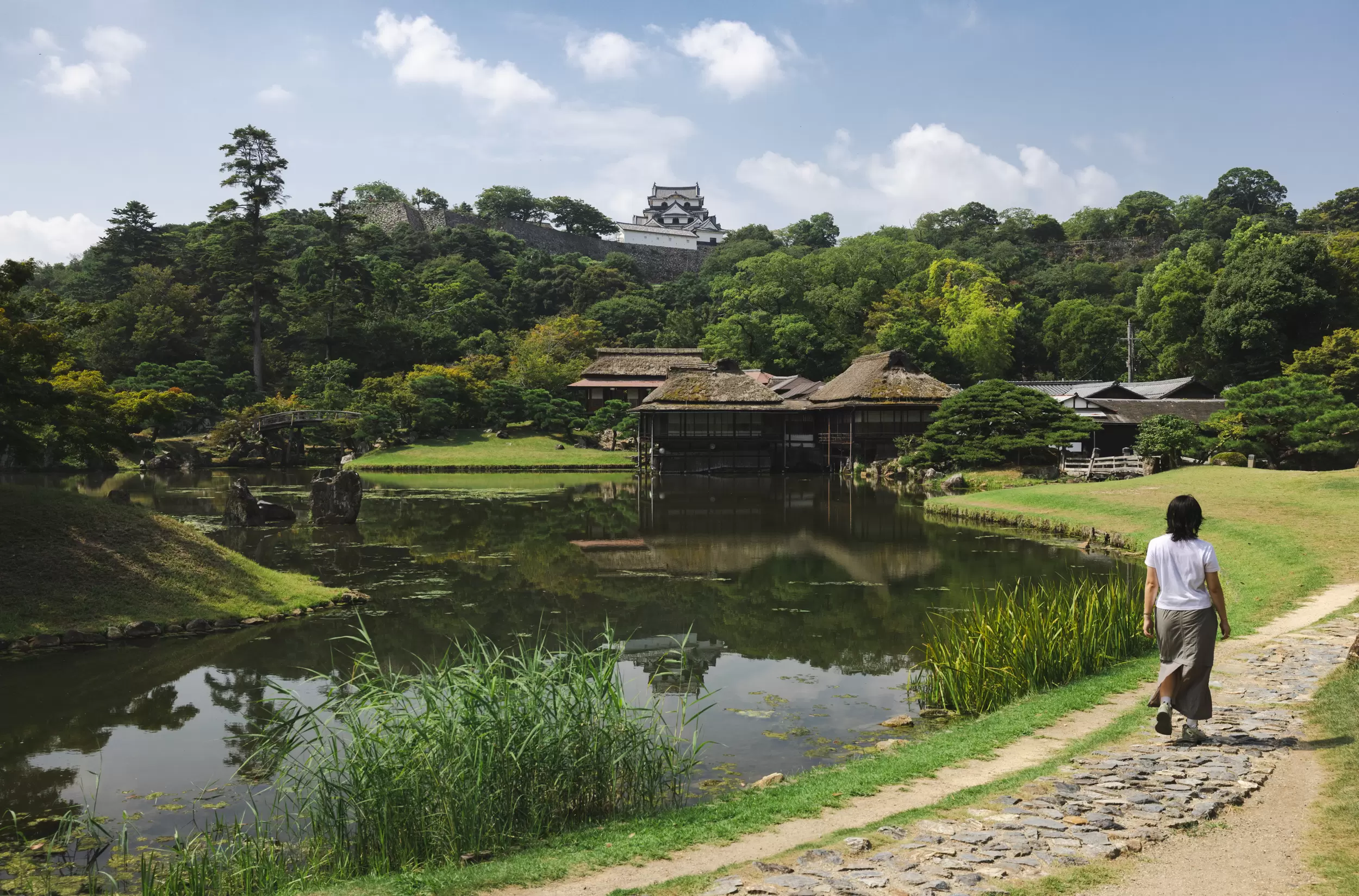
The Ii clan were not only powerful leaders but also refined patrons of the arts, particularly known for their practice of Noh theater and the tea ceremony. This cultural legacy is beautifully preserved at Genkyuen, a large Japanese garden located on the grounds of Hikone Castle.
The garden can be explored by walking around its central pond, where you can admire the changing beauty of each season. We recommend spending at least an hour here, as the garden also provides superb vantage points for photographing Hikone Castle.
[place_master_id=5414 show_photos embed id="AzkkOC2Krs"]
La Collina Omihachiman: Relish Sweet Treats and Nature
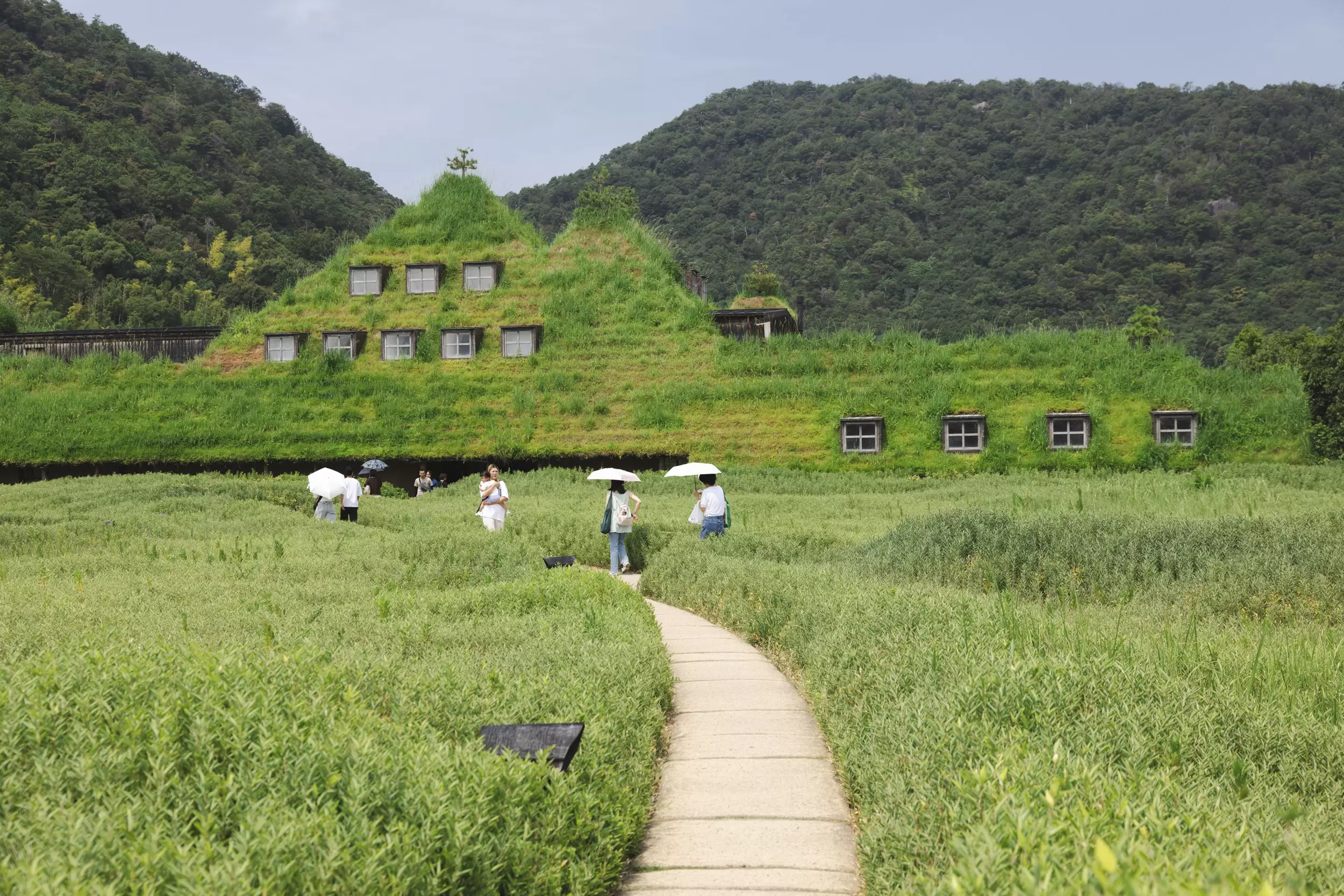
La Collina Omihachiman is the flagship store for two renowned Japanese confectioners: Taneya, which specializes in traditional sweets, and Club Harie, a Western confectionery store famous for its Baumkuchen. Upon arrival, you'll feel as though you've stepped into a house from a fairytale world.
The concept of the store is "learning from nature," which is perfectly embodied by the unique, grass-covered roof of the main shop. This living roof blends seamlessly with the surrounding rice paddies and the mountain behind it.
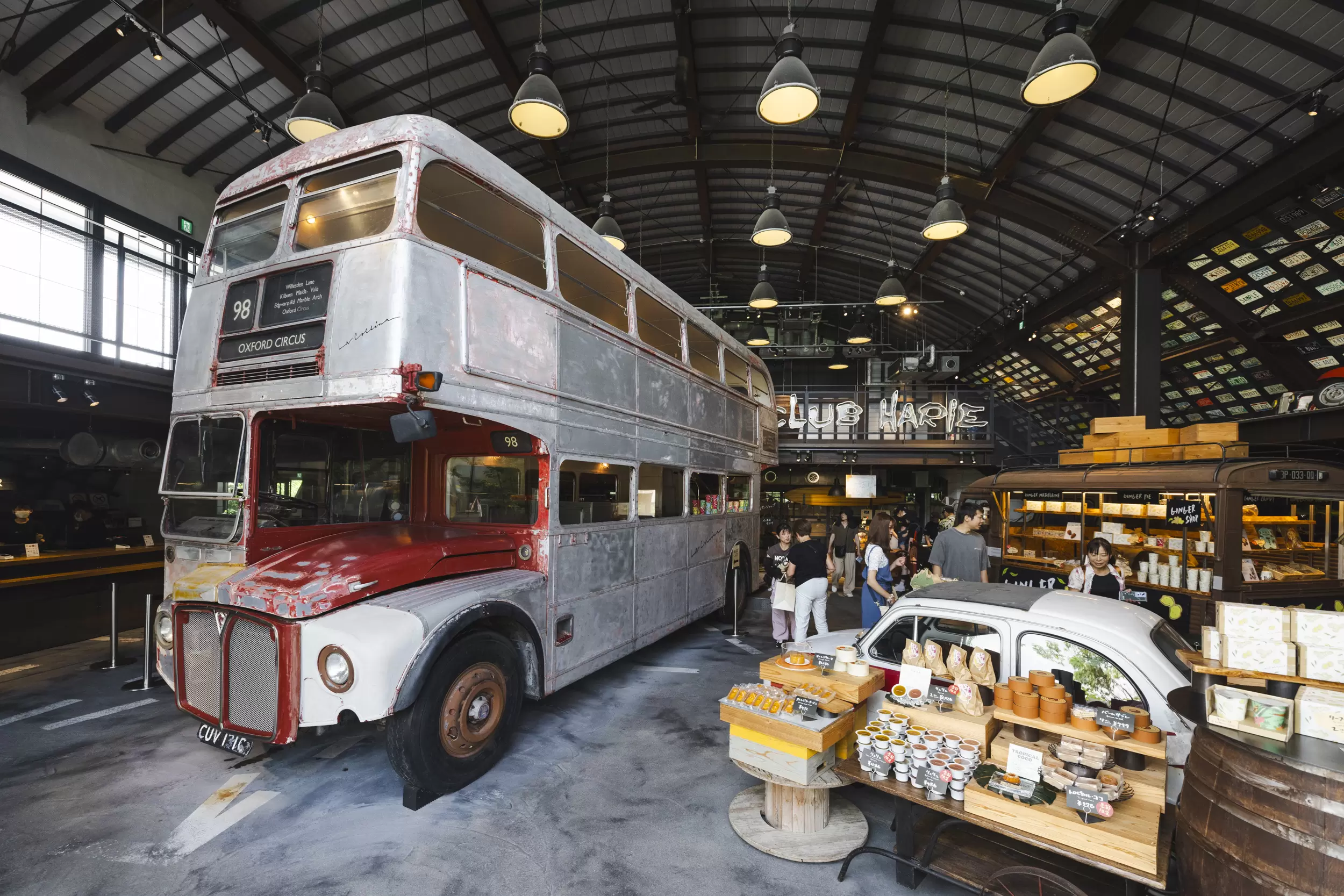
The entire property is filled with playful and imaginative touches, inviting guests to enjoy both sweets and nature in a single, magical experience.
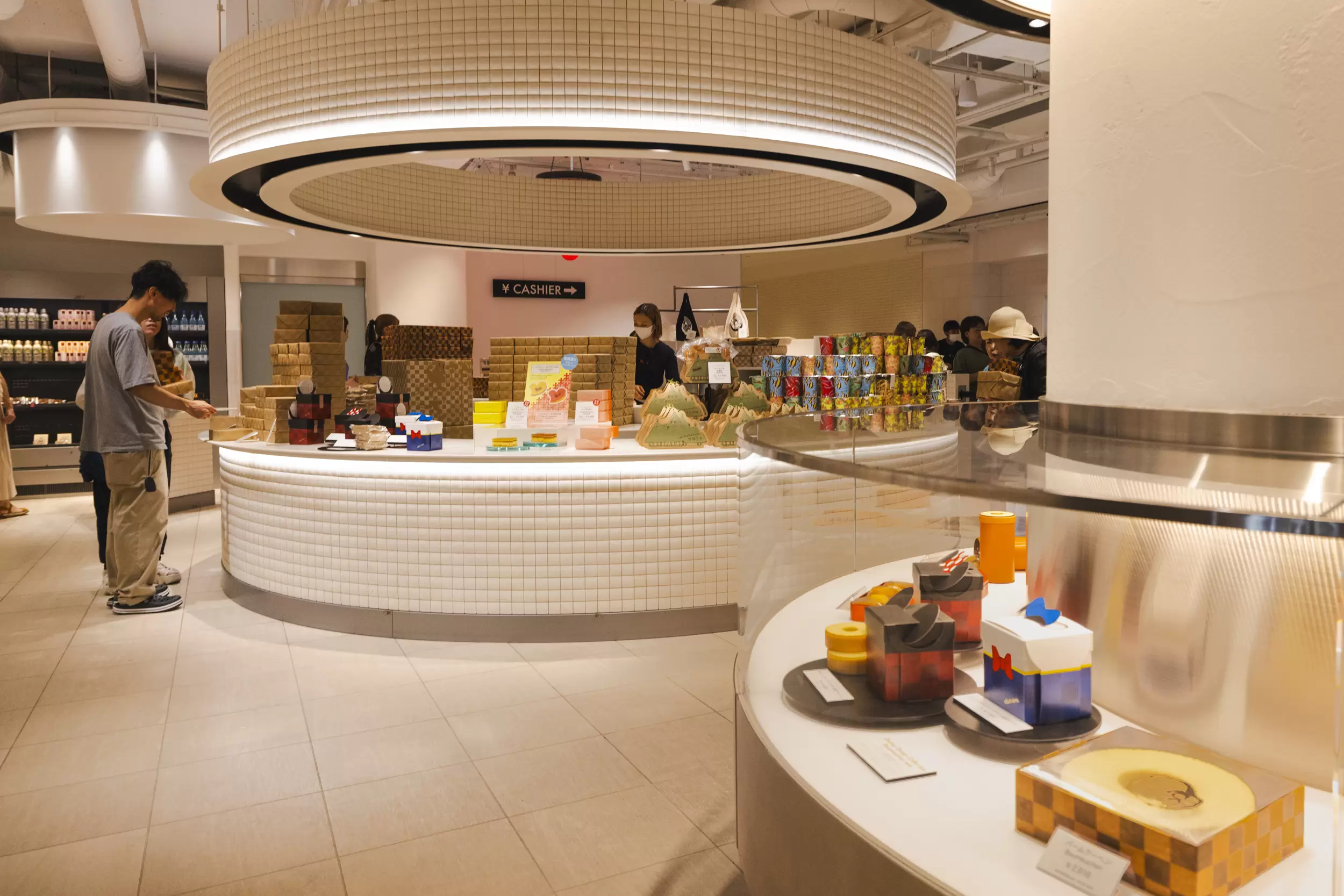
The shops at La Collina offer a wide array of freshly made confections. You can choose from seasonal wagashi (traditional Japanese sweets) to a variety of Western-style treats, including castella and Baumkuchen.
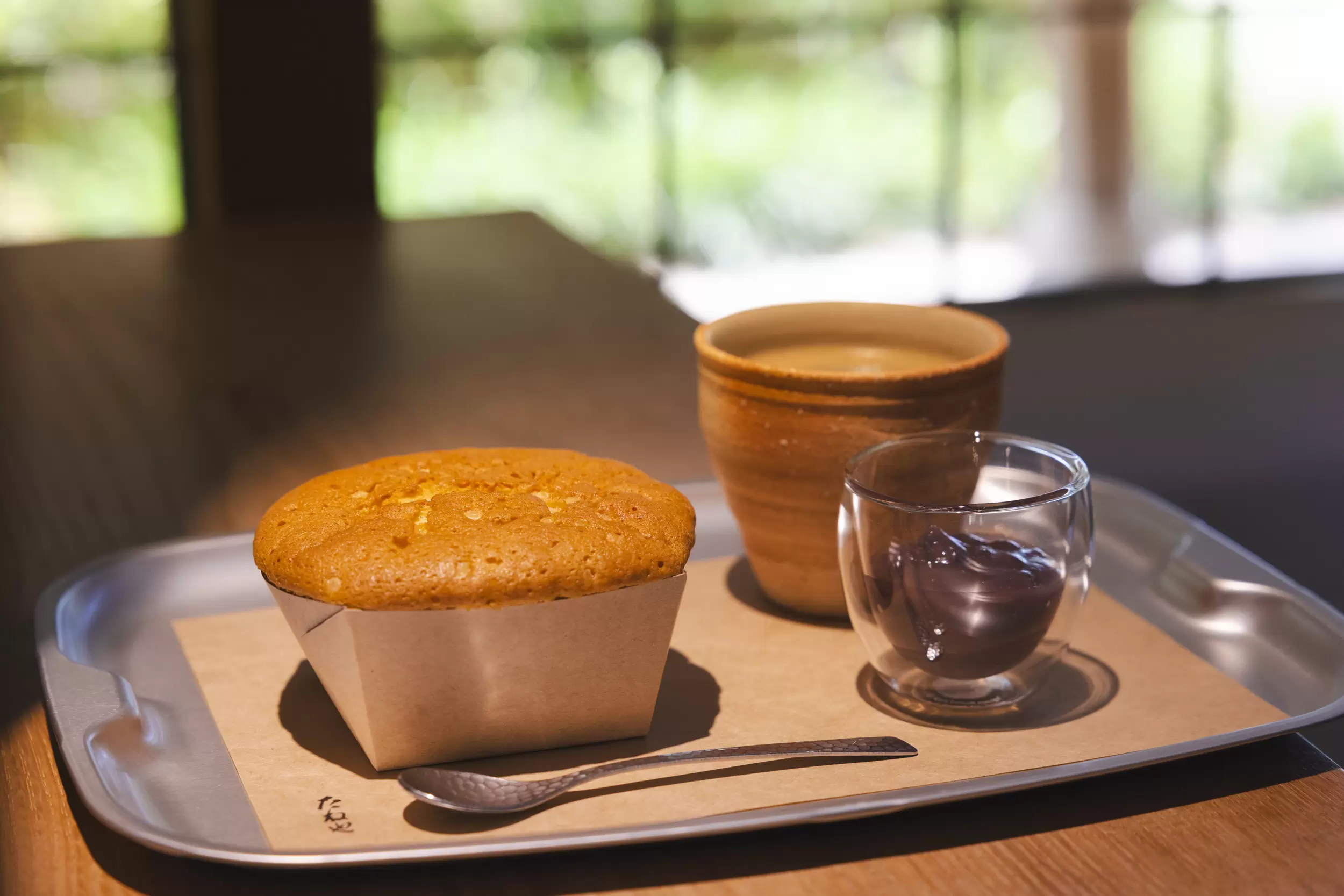
Throughout the grounds, several cafes allow visitors to sample these treats. We recommend the Yakitate Taneya Castella Set offered at Castella Cafe, which lets you savor the fresh-baked texture and rich egg flavor of the famous castella.
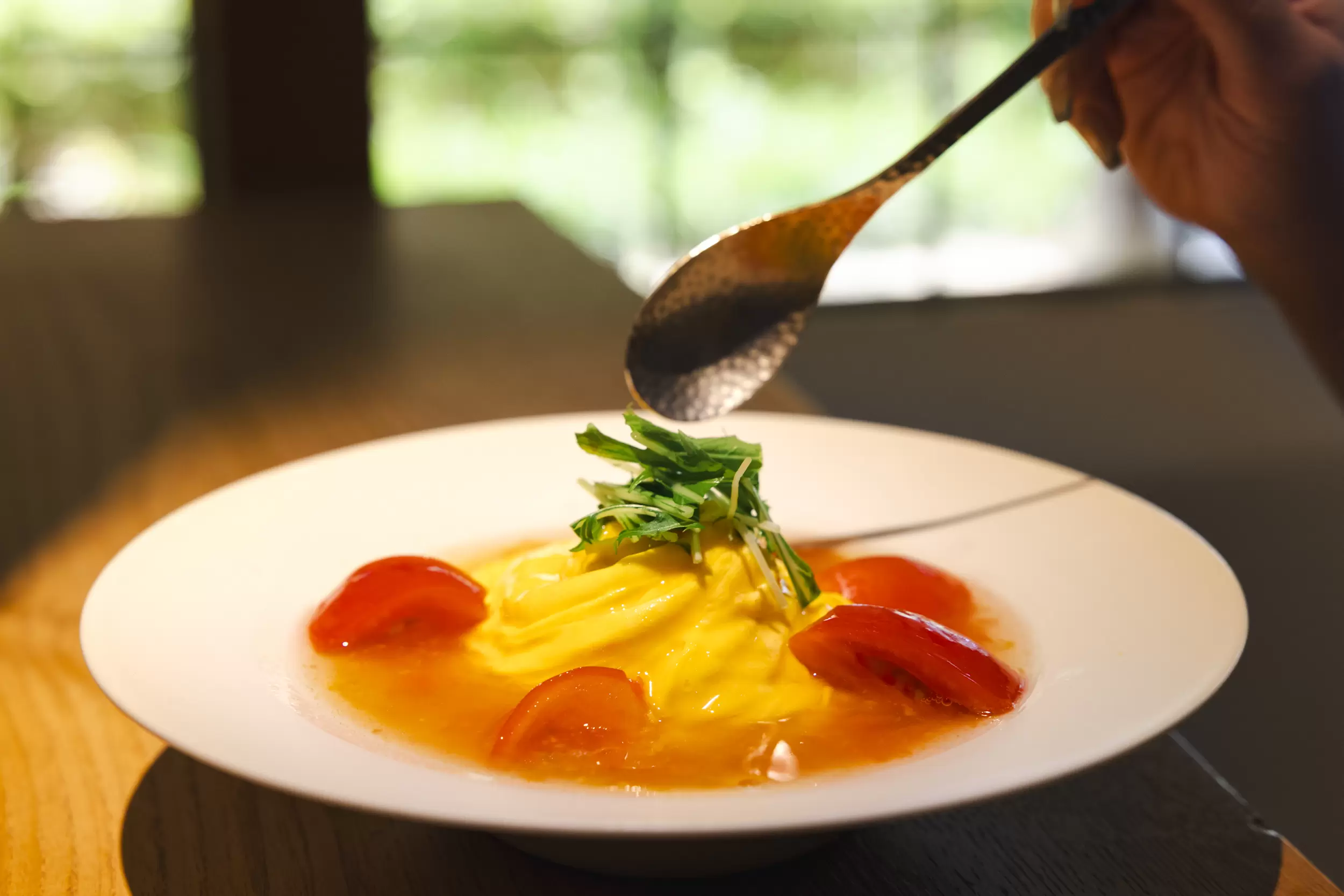
For those who prefer savory options, the menu also includes dishes like Omurice, made with the same specialty eggs used for the castella.
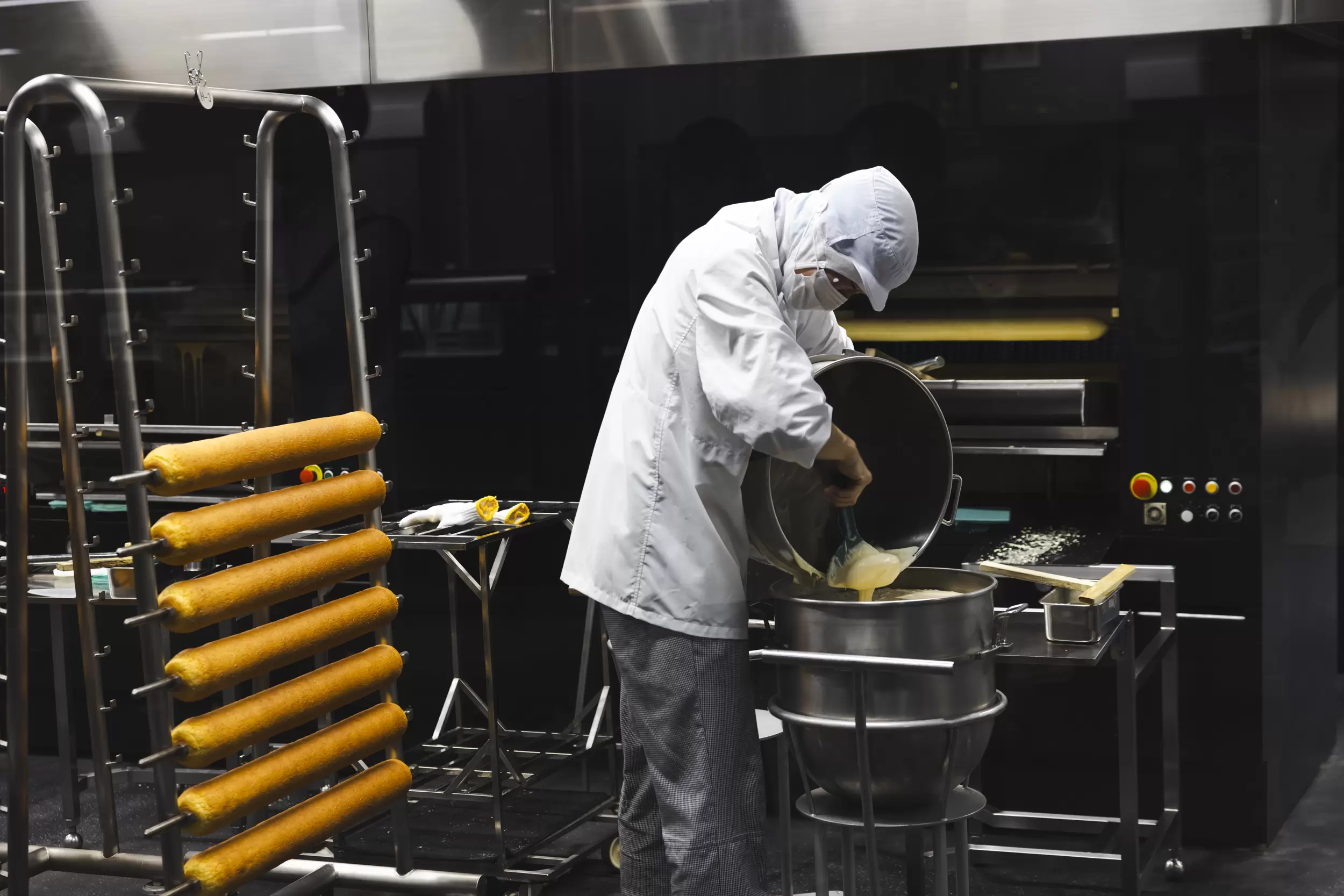
One of the most exciting parts of La Collina is the opportunity to see the iconic sweets being made. Visitors can peek into the Baum factories and watch skilled artisans masterfully baking Baumkuchen. The freshly baked cakes can be purchased to take home, but you can also enjoy them at the on-site café.
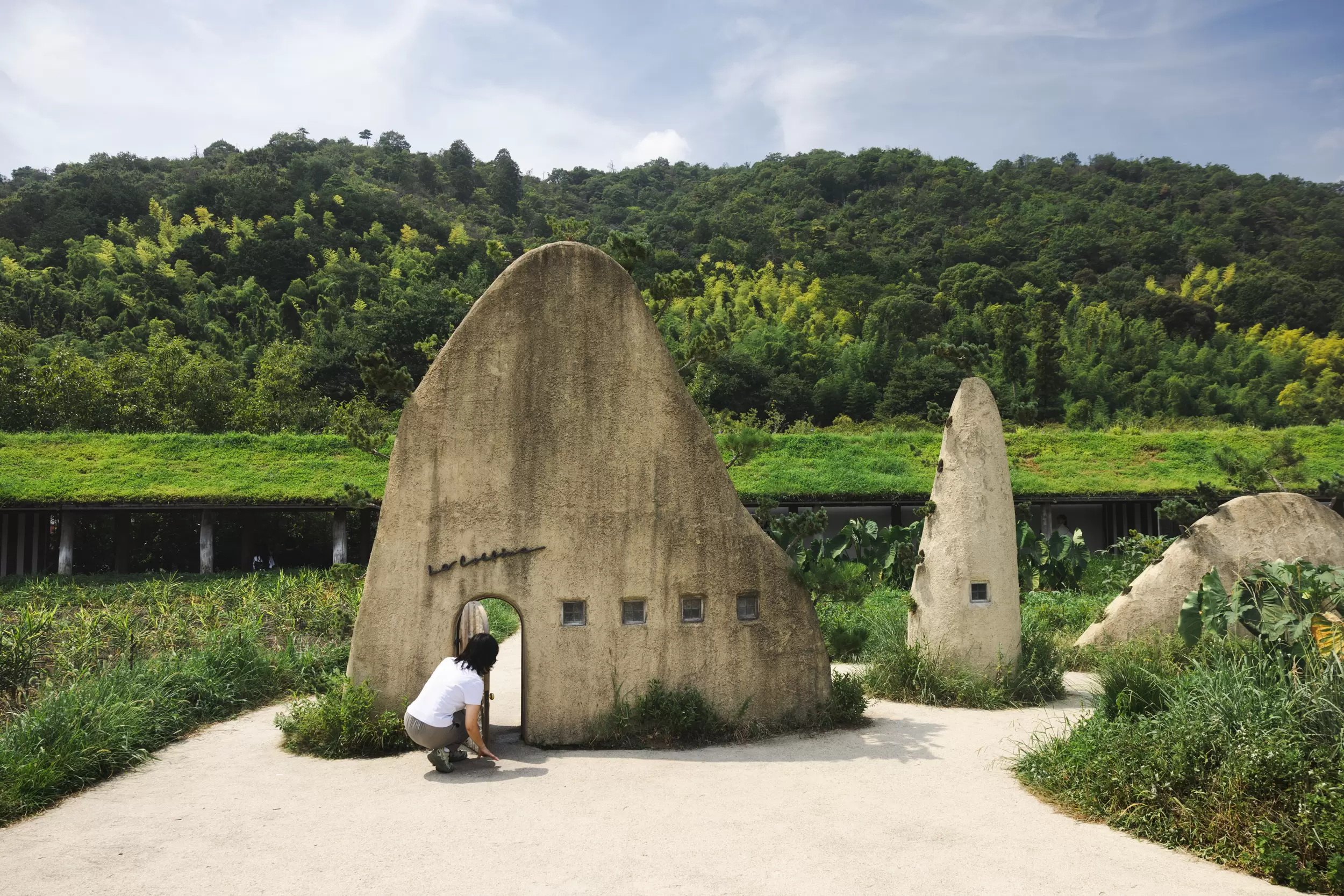
At the heart of the site are rice paddies and fields set up so that visitors can actually see rice and seasonal vegetables growing. We recommend setting aside at least two to three hours to explore La Collina, savor the natural scenery, and enjoy the delicious on-site treats. The experience is like returning to childhood, a time when everything seems new and full of wonder.
[place_master_id=3180 show_photos embed id="eut7hL7PiM"]
Enjoy Shiga’s Fermented Food Culture and Splendid Scenery
By the end of your two-day trip, you will have a deep appreciation for the variety of fermented foods around Lake Biwa and their cultural significance. Before the introduction of refrigerators, fermentation was indispensable to locals, as it not only preserved food but also expanded the range of flavors of an ingredient or a dish.
To begin your journey, we recommend traveling from Nagoya to Maibara by Shinkansen, then transferring to a local train and heading north toward Takashima. From this point, a special trip begins where you can experience the fermented-food culture of Lake Biwa and enjoy its beautiful scenery.
